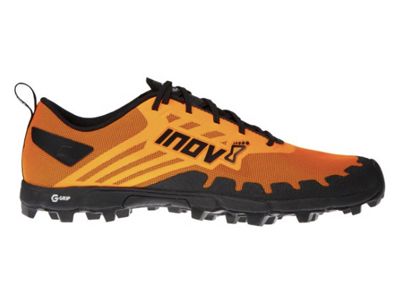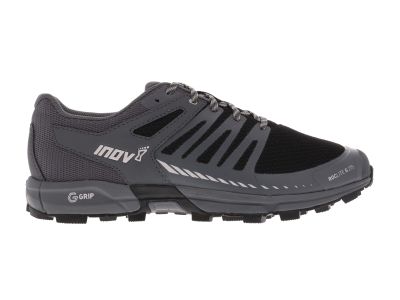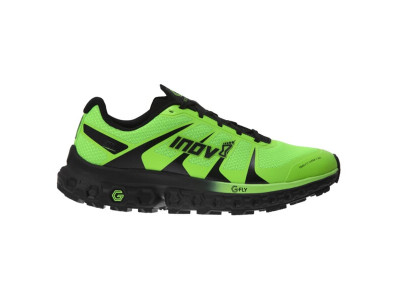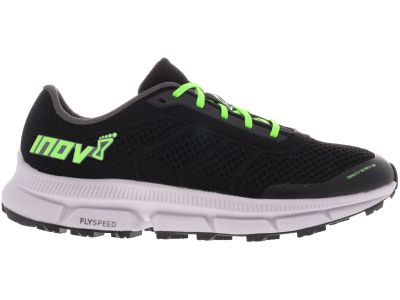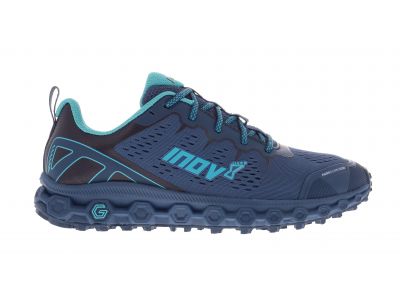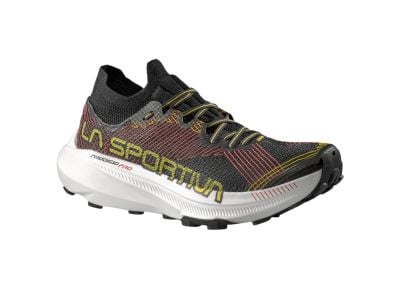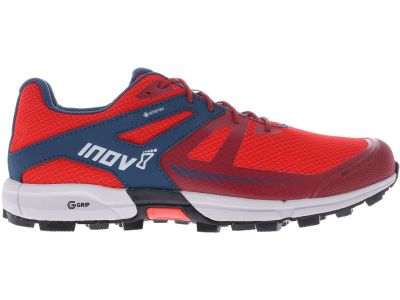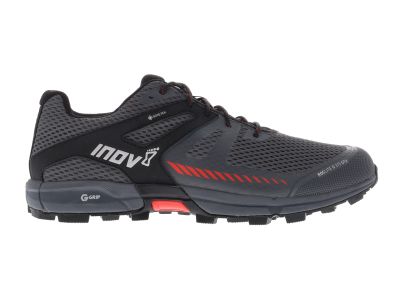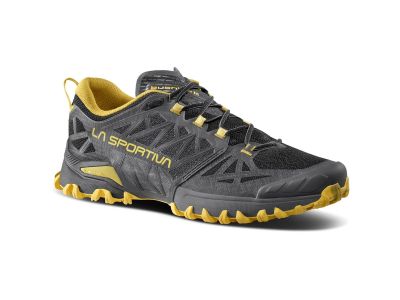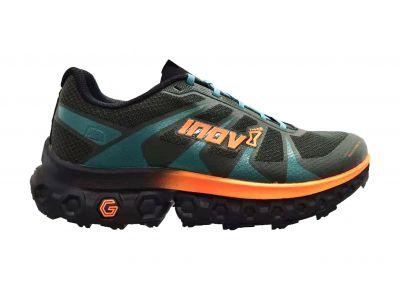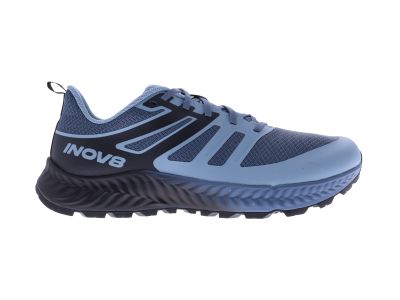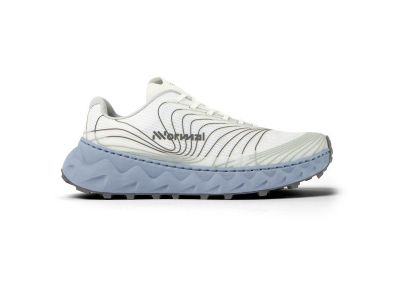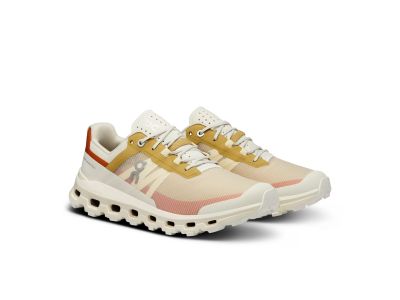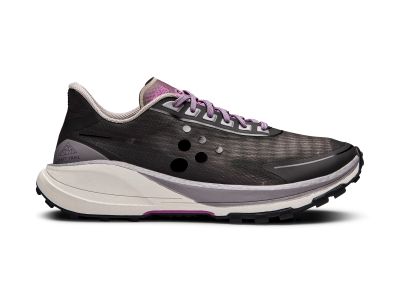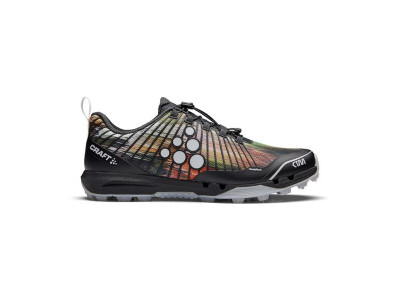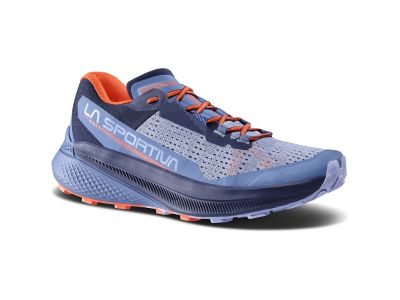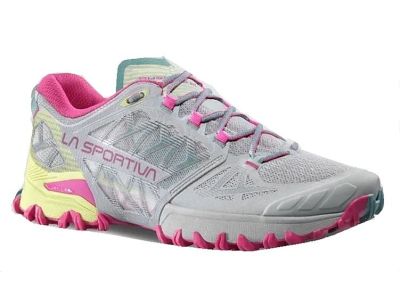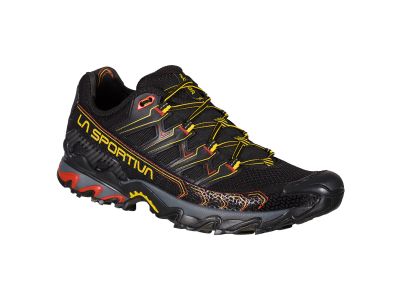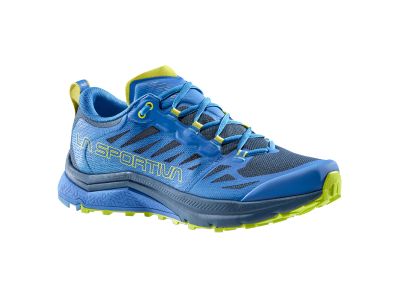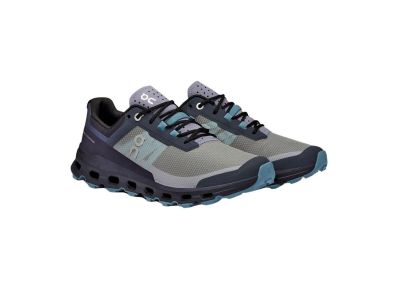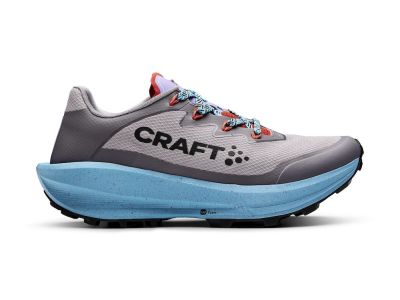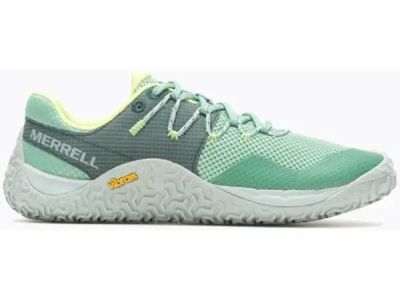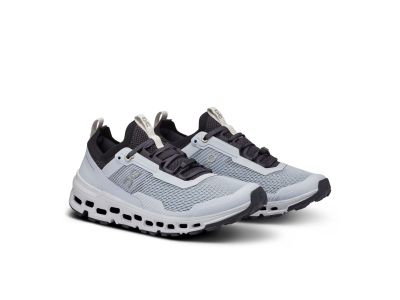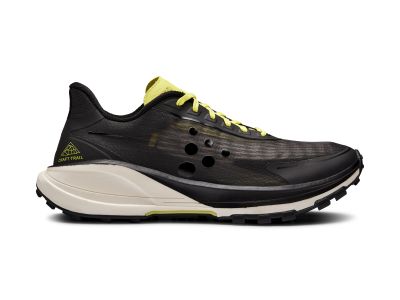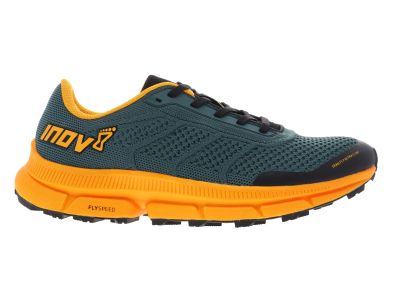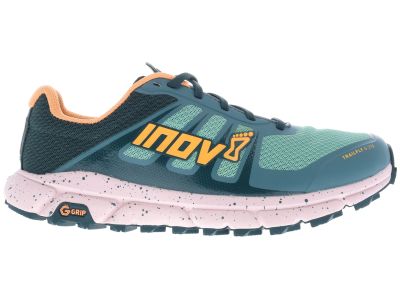
Sale -43% inov-8 TRAILFLY G 270 v2 women's shoes, green
from 89.99 €
-43%
RRP 175 €
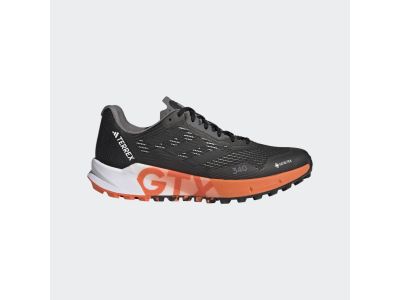
Clearance -39% Adidas TERREX AGRAVIC FLOW 2 GTX shoes, core black/core black/impact orange
from 103 €
-39%
RRP 170 €
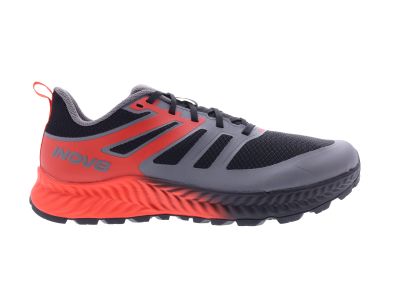
Sale -30% inov-8 TRAILFLY shoes, black/fiery red/dark grey
from 97.99 €
-30%
RRP 149 €
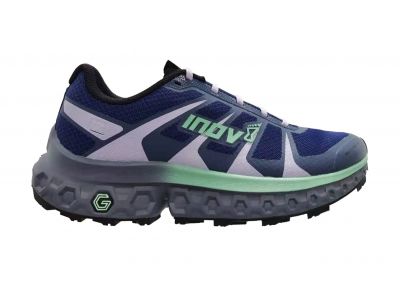
Sale -25% inov-8 TRAILFLY ULTRA G 300 women's shoes, dark blue
from 135 €
-25%
RRP 199 €
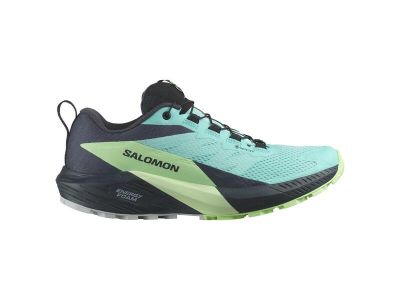
Clearance -28% Salomon SENSE RIDE 5 GTX women's shoes, blra/greash/indi
85.99 €
-28%
RRP 119 €

Sale -10% inov-8 TRAILFLY women's shoes, dusty rose/pale pink
from 97.99 €
-10%
RRP 149 €
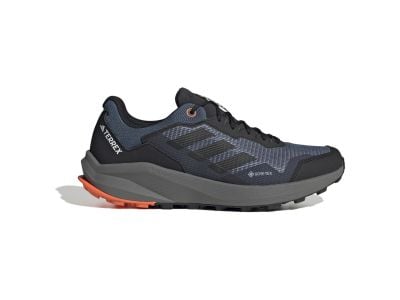
-20% adidas TERREX TRAILRIDER GTX shoes, wonder steel/core black/impact orange
111 €
-20%
RRP 139 €
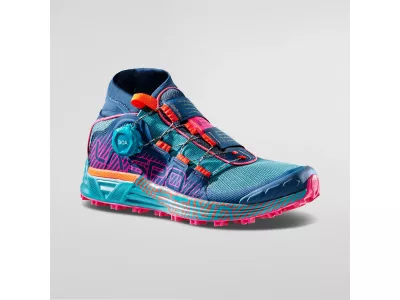
-8% La Sportiva CYKLON women's shoes, storm blue/cherry tomato
from 169.99 €
-8%
RRP 189.99 €
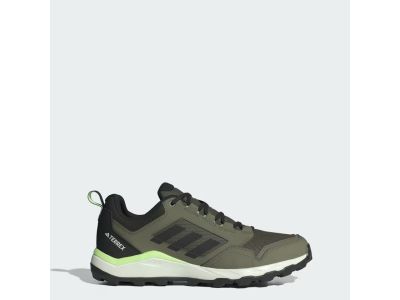
Clearance -13% adidas TRACEROCKER 2.0 TRAIL RUNNING sneakers, Olive Strata/Core Black/Green Spark
60.99 €
-13%
RRP 99.99 €
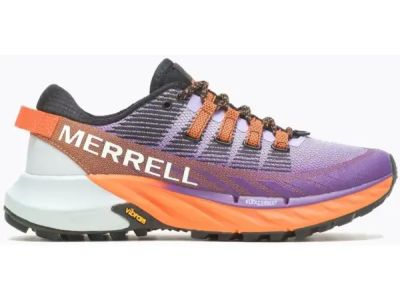
savings Merrell Agility Peak 4 women's shoes, purple/exuberance dr
104 €
savings
RRP 157 €
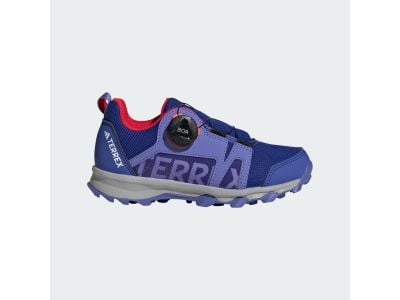
-20% adidas TERREX AGRAVIC BOA children's shoes, cobalt blue
63.99 €
-20%
RRP 79.99 €

